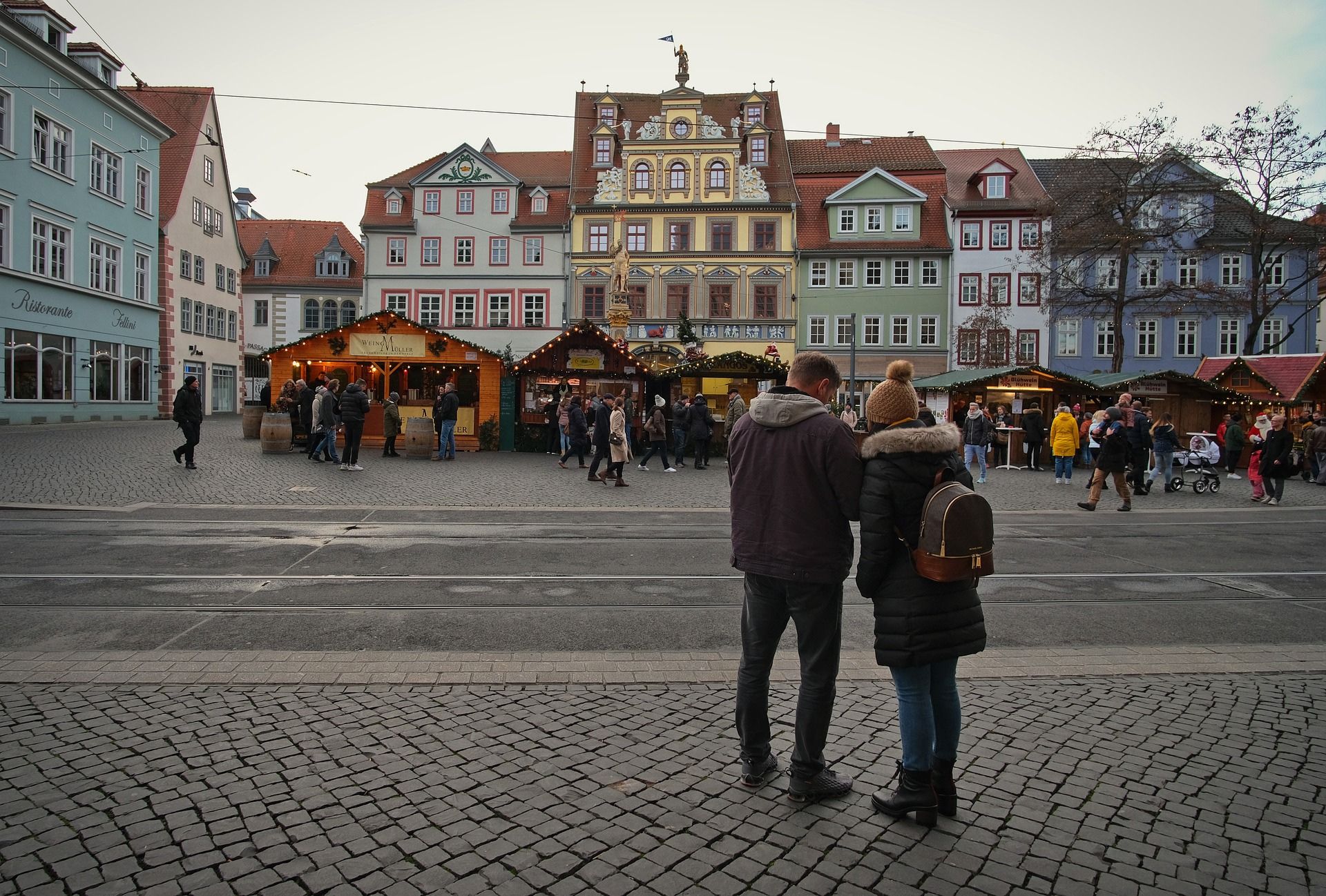When it comes to animated television, few homes are as recognizable as the Squidward House. Nestled in the underwater city of Bikini Bottom, Squidward’s residence has become a cultural icon thanks to its unique architecture and its grumpy, clarinet-playing occupant. While most viewers focus on SpongeBob’s pineapple house or Patrick’s rock, the Squidward House stands out for its artistic influence and symbolic undertones. In this article, we’ll take a deep dive into everything there is to know about Squidward House—from its design origins to fan theories and its relevance in popular culture.
The Origins of Squidward House
The Squid-ward House first appeared in the premiere episode of SpongeBob SquarePants in 1999. Created by marine biologist and animator Stephen Hillenburg, the show is packed with imaginative underwater elements. Squidward’s home, designed to resemble a Moai statue from Easter Island, was no random choice. It reflects Squidward’s personality—stoic, serious, and traditional.
Moai statues, known for their long faces and solemn expressions, align perfectly with Squidward’s character. While SpongeBob’s pineapple symbolizes fun and creativity, and Patrick’s rock emphasizes laziness and simplicity, the Squidward House suggests sophistication and a longing for higher culture.
Architectural Style
One of the most fascinating aspects of the Squid-ward House is its architecture. It stands upright with a prominent brow, nose, and lips—clearly inspired by ancient Polynesian stone sculptures. This gives the house an air of mystery and timelessness. Inside, the décor is just as telling: abstract paintings, classical instruments, and busts of Squidward himself.
The house seems to be built from a single solid piece of stone, although this is clearly stylized for cartoon purposes. From a design perspective, it represents Squidward’s desire to live a refined and cultured life, even if it’s in stark contrast to his quirky neighbors.
Interior Design: A Reflection
Unlike SpongeBob’s bright and cheerful pineapple, the Squid-ward House has a more subdued and elegant interior. The living room often features velvet furniture, wooden floors, and artistic elements. His favorite room is, arguably, the music room—complete with a grand clarinet stand and framed self-portraits.
This deliberate setup inside the Squidward House reflects his values: order, beauty, and solitude. Every inch of his home is designed to offer a buffer from the chaotic antics of SpongeBob and Patrick. The house is not just a residence; it is a sanctuary for Squidward’s introverted soul.
Squidward House in Fan Theories
Over the years, the Squid-ward House has inspired numerous fan theories and urban legends. Perhaps the most infamous is the “Creepypasta” known as “Squidward’s Suicide,” which refers to a haunted or cursed version of Squidward’s home. Though entirely fictional and unaffiliated with the creators, such stories have kept the intrigue surrounding the Squidward House alive.
Other fans speculate that the placement of the houses—SpongeBob, Squidward, and Patrick all in a row—is a metaphor for life’s stages: childish joy (SpongeBob), adult frustration (Squidward), and carefree oblivion (Patrick). In this framework, the Squidward House represents the burdens of responsibility, misunderstood genius, and unmet aspirations.
Real-World Inspiration
Inspiration for the Squid-ward House may have been drawn from actual Easter Island Moai statues, which are shrouded in mystery and cultural significance. These statues were crafted by the Rapa Nui people and are thought to represent ancestral figures or deified chiefs.
There are also life-sized replicas of the Squidward House that exist in theme parks and as tourist attractions. Some fans have even tried to recreate the Squidward House in video games like Minecraft, Sims, and Roblox. The design has transcended the show and become an emblem of a misunderstood character.
Cultural Impact of Squidward House
Despite being a secondary character, Squid-ward and his house have left a lasting impression on pop culture. Memes, merchandise, and fan art featuring the Squidward House are widespread on social media platforms like Reddit, Twitter, and TikTok. The house symbolizes more than a cartoon location; it represents the adult struggles of creativity, solitude, and societal disconnection.
Interestingly, as more of the show’s audience ages, there’s a growing sense of empathy toward Squidward. His house becomes a relatable space—a retreat from noisy neighbors and overwhelming expectations.
Squidward House in Other Media
Beyond the television series, the Squidward House has appeared in multiple SpongeBob movies and spin-offs, often maintaining its original design. In The SpongeBob Movie: Sponge Out of Water and The SpongeBob Movie: Sponge on the Run, Squidward’s home briefly serves as a reminder of Bikini Bottom’s quirky charm.
It also appears in video games such as SpongeBob: Battle for Bikini Bottom and SpongeBob SquarePants: The Cosmic Shake. In these games, players can explore the Squidward House, revealing hidden rooms, art collections, and sometimes even Easter eggs referencing Squidward’s failed artistic endeavors.
The Symbolism of House
If SpongeBob’s pineapple symbolizes joy and imagination, the Squid-ward House symbolizes the opposite: restraint, dignity, and the longing to be understood. Its solid, unmoving exterior speaks volumes about Squidward’s own emotional barriers.
The house doesn’t change much throughout the series, just like Squidward’s personality. It’s a symbol of consistency in a chaotic world—a rock in the turbulent ocean of Bikini Bottom life. That, in itself, makes the Squid-ward House more than just a structure; it becomes a character of its own.
Conclusion:
The Squidward House may appear to be just a quirky design from an animated show, but it holds much deeper meaning. It serves as a symbol of personality, artistic yearning, and the complex layers that make Squidward such a compelling character. From its Moai-inspired exterior to its art-laden interior, Squidward’s home is a fascinating study in visual storytelling.

